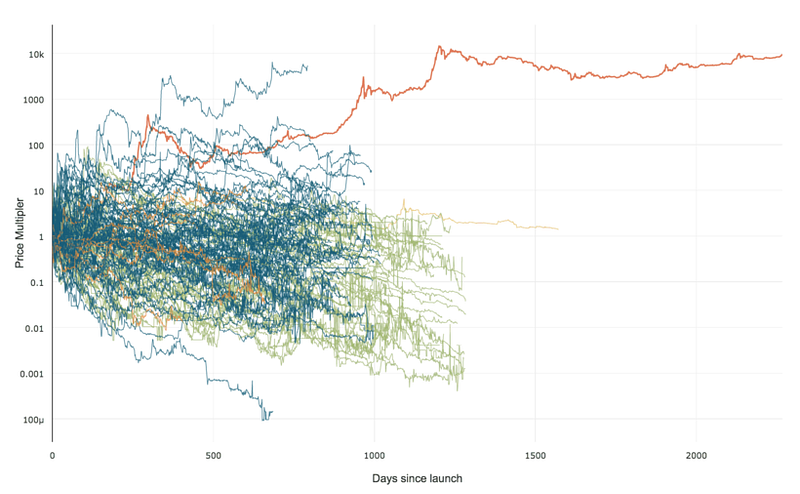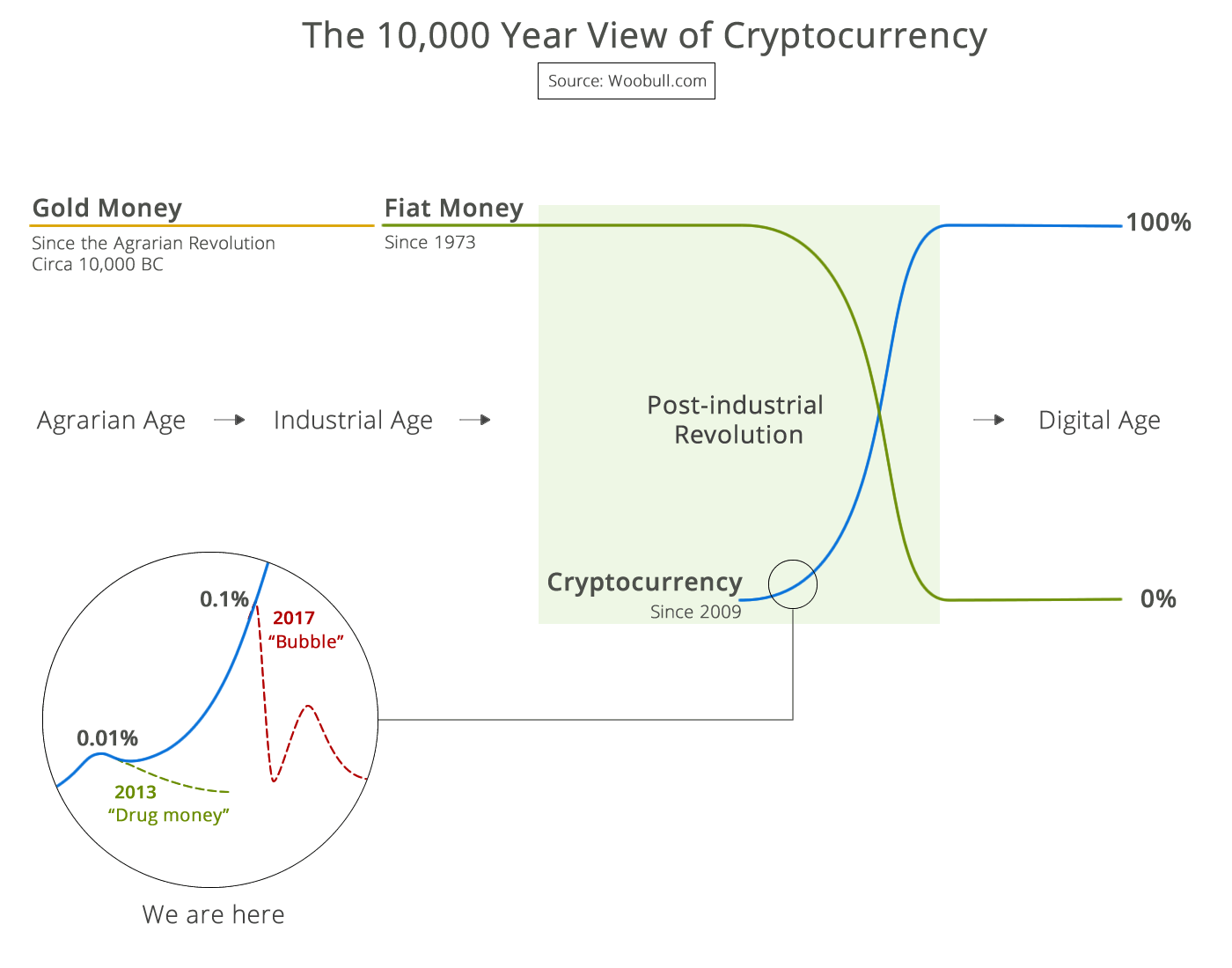I touched an iPhone for the first time today. It causes one to think creative thoughts. Remember “2001: A Space Odyssey” when they found the black monolith? I had similar thoughts. How do I turn it on? Where is the volume? These questions are not product critiques but rather revelation of how the device touches one’s psychology.
User feedback while using the iPhone is audio or visual. There is no tactile feedback. Because of this operating environment, imagine your workspace with a 20″ flat panel display and an iPhone. If the iPhone could remotely display onto the LCD, you could lean back and touch the face of the iPhone, commanding it in whatever way you want.
The enabling technology is a “finger touch ripple” superimposed onto the LCD screen display. Kind of like “X” or cross-hairs were displayed for old fashioned touch panel screens. The transparent ripple distortion would be superimposed onto the screen display corresponding to whatever position your fingers are touching the iPod screen. The key capability is knowing where your fingers are at without looking down at the iPhone, and without blocking information on the display. The touch ripple subtle distortion of the display matches the psychological and asthetic behavior of the iPhone.
When implemented, you’ll be able to hover and dance your fingers on the screen of the iPhone, while watching the large display. Do your thing. At the end of the day, disconnec the iPhone from the LCD display and take it home. Phenomenal. This has user appeal, big time!
If this described capability and the necessary features to make it usable are not patented, consider this posting public disclosure of a non-obvious creative discovery requiring technical innovation. I’d patent this idea and develop the hardware and software if I had the capability to do so for the rest of 2007. Public disclosure gives me a few months to partner with someone to develop and preserve patentability. If you’re interested, please let me know.
Enjoy your iPhone.

 99% of ICOs Will Fail
99% of ICOs Will Fail The 10,000 year view of cryptocurrency
The 10,000 year view of cryptocurrency